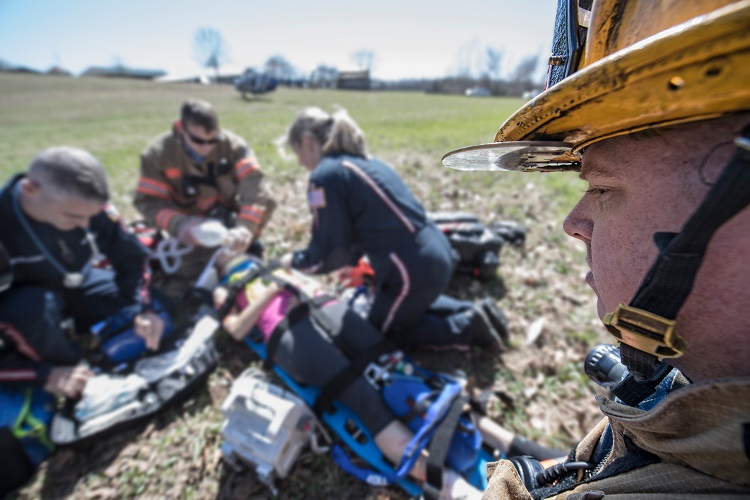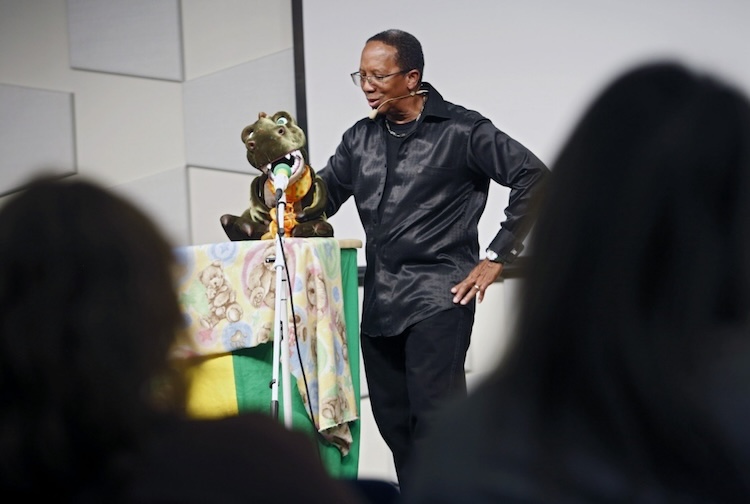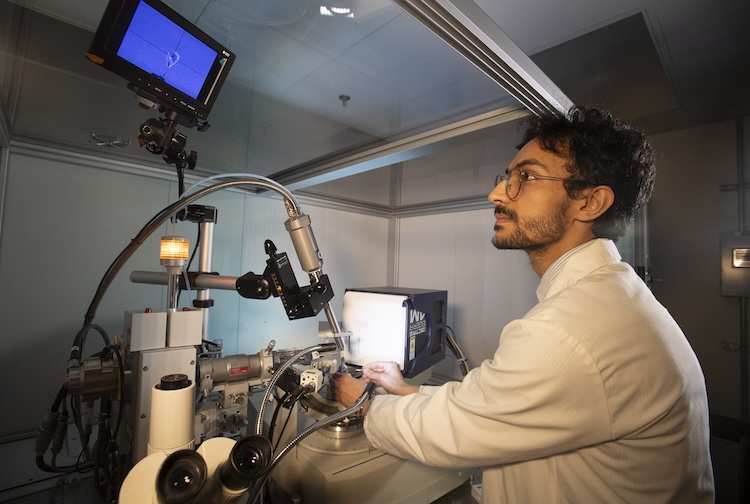
What You Need to Know About Cardiac Arrest
Recognize the signs of cardiac arrest, and know what you can do to save a life
October 27, 2023
Each year in the United States, more than 350,000 people experience sudden cardiac arrest (and this figure does not include patients who experience cardiac arrest when already in the hospital). Cardiac arrest is just that: when all heart activity suddenly and unexpectedly halts.
When someone experiences sudden cardiac arrest, they collapse suddenly, struggle to breathe or stop breathing, lose consciousness, and have no pulse. Nine out of ten people who experience cardiac arrest outside of a hospital die—often within minutes. If you witness someone experiencing cardiac arrest, here is what you should do:
- The most important thing to do first is call 911, as soon as possible. Even if you are not sure if someone is experiencing cardiac arrest, but you suspect this to be the case, you should call 911 immediately.
- After calling 911, begin CPR immediately. Did you know hands-only CPR may be enough to save a person’s life? Simply push hard and fast in the center of the patient’s chest to the beat of the Bee Gee’s “Stayin’ Alive” (in other words, at a rate of about 100 beats per minute). By performing hands-only CPR, you can double or even triple a person’s chances of survival. For more formal CPR training, find an online or in-person CPR class here.
- If an automatic external defibrillator (AED) is nearby, find it and use it. AEDs deliver an electric shock to the heart that can restore normal heart rhythm. You do not need to be trained to use an AED; there will be simple instructions inside its box, and AEDs are programmed to deliver a shock when it is appropriate for the patient.
Although calling 911 first is vital, “It's really those people doing whatever measures they can to try to get the pulse back and the flow back to the brain. That's what saves lives,” says Dr. Jeremy Turlington, cardiologist and intensive care physician at the VCU Health Pauley Heart Center. Turlington says the vast majority of patients who survive a cardiac arrest are discharged from the hospital and live relatively normal lives.
One important thing to note: in infants and children, cardiac arrest is most often caused by airway obstruction. If you see an infant or a child experiencing cardiac arrest, you should begin “high-quality” CPR, that is, CPR that includes chest compressions and mouth-to-mouth breathing. Call 911 first if possible, but if you do not have ready access to a phone, begin full CPR immediately rather than leaving the infant or child to call 911.
Although the terms are often used interchangeably, cardiac arrest is not the same as a heart attack. A heart attack is when blood flow to the heart becomes blocked, whereas cardiac arrest is when the electrical rhythm of the heart malfunctions. In other words, a heart attack is a “pipes” problem and cardiac arrest is a “wires” problem. During a heart attack, the heart usually doesn’t stop beating (although some heart attacks can change the heart’s electrical activity, thereby leading to cardiac arrest). Heart attack symptoms range from mild to intense—some heart attacks have no symptoms at all—and can come on quickly or slowly, over time. Cardiac arrest, on the other hand, occurs all the sudden, with little to no warning, and can happen at any age, including to children and teens.
The primary cause of cardiac arrest is certain types of arrhythmias, particularly ventricular fibrillation. Such arrhythmias can be triggered by a number of heart conditions, including cardiomyopathy, coronary artery disease, heart valve disease, and congenital heart defects. However, about 50% of people who experience cardiac arrest who did not know they had a heart problem. Cardiac arrest can also be triggered by behavioral factors, including:
- Heavy alcohol use or binge drinking
- Physical exertion or physical stress (however, regular exercise reduces the risk of cardiac arrest)
- Use of cocaine or amphetamines
- Severe emotional stress in the previous 30 days
- Influenza infection in the previous 30 days (flu shots have been shown to lower the risk of cardiac arrest triggered by flu infection)


